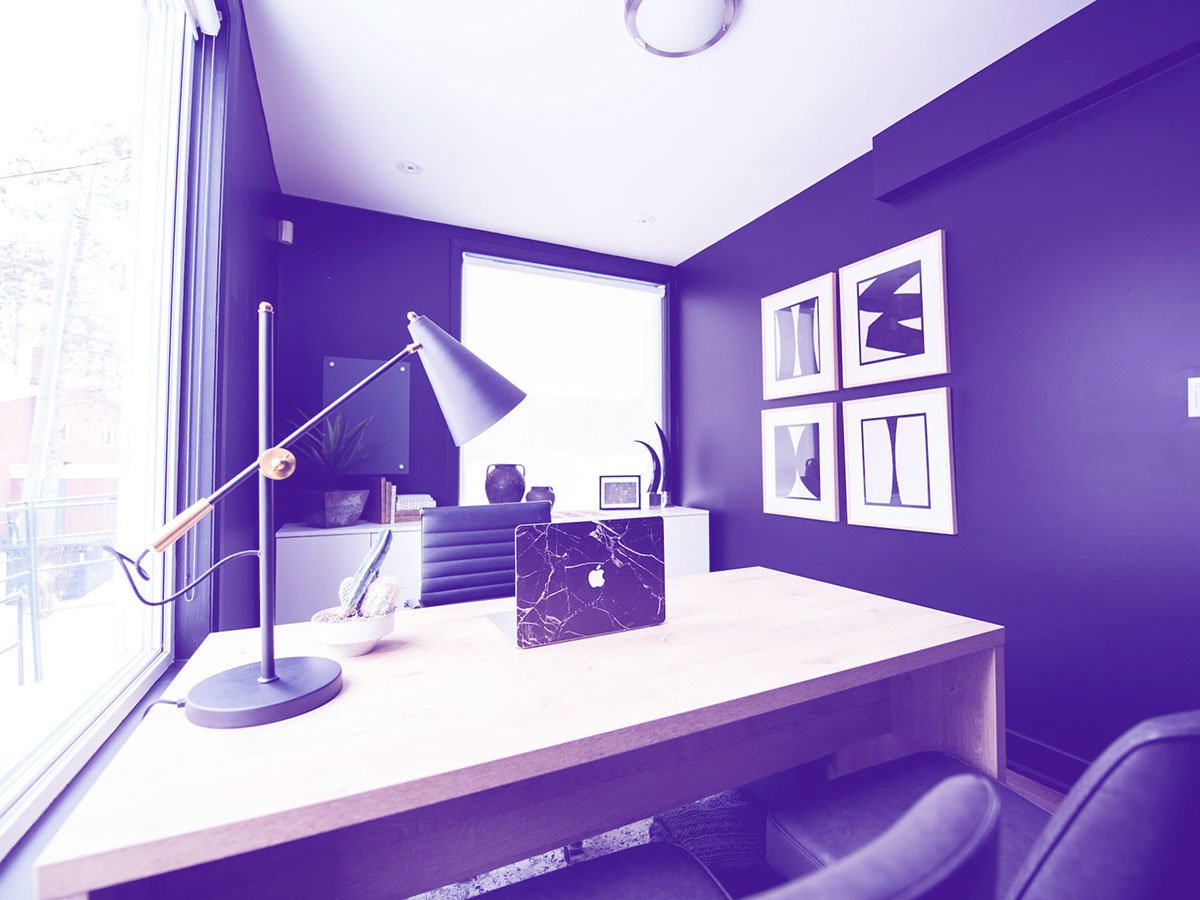How to Find the Right Work-Life Balance as a Remote Worker
By: Thomas De Moor
October 20, 2022 4 min read

Remote work can be more than a little overwhelming at first. Instead of the strict hours of office labor, you're suddenly much freer to divide your workday as you please. You also regain the hours you'd otherwise spend commuting. So you have more freedom and more time, which means that you finally have the flexibility to organize your life the way you want.
At least, that's how it could be. But things don't always go that easily. Remote work blurs the boundaries between work and life, which is why it's not uncommon for new remote workers to spend their whole day working. They're always available for work to some degree, regardless of the hour. That's fine if it doesn't cause any stress, but chances are that it does.
The most effective remote workers are those who can detach from their work and come back to it fully recharged. They have set the right work-life balance so they can be productive for years on end without suffering from burnout. Here are a few ideas on how you can find a better balance between work and life too.
6 Ways to Improve Your Work-Life Balance
Define Your Working Hours
If you're a new remote worker, you may be surprised to know that some companies won't explicitly tell you when you need to work or how many hours you need to work. You're often just given a bunch of work to complete in a particular amount of time, and that's it.
That's why, first and foremost, you need to decide on your own working hours. When does your workday start and when does it end? Be reasonable. Don't assume you'll be able to work ten hours in a row without a break every day. Choose the hours that work best for you and stick to them, as a professional would. Don't be late to start, but don't be late to stop either.
Create a Physical Boundary
It's easy to detach from office work because the office is in a different physical location. Remote work mostly isn't. But you should try to create at least some physical boundary between your work and your life. Best-case scenario, this is a home office that you use exclusively for work.
Of course, not all of us have the luxury of a spare room for work. But it can be something much simpler instead, such as a corner on the kitchen table or a particular area of the couch. When you're there, you're there to work. This is useful not just for yourself, but for other people too, who will know you're working when you're seated there.
Start and End Your Day with a Routine
Humans are creatures of habit. So create a little routine when you begin and end work. For example, in the mornings, you make a cup of coffee, put on your noise-canceling headphones, open up your favorite music playlist, and begin work. Eventually, you'll begin to associate these habitual actions with the start of your workday.
The same goes for ending your workday. Clean up your desk, write out what your tasks are for the next day, read whatever messages have accumulated, et cetera. Whatever it is, perform the same routine every day and you'll eventually associate it with the end of your workday, making it easier to relax.
Clean Up Your Notifications
If you work for a truly remote-first company, chances are that your colleagues live all over the world and communicate asynchronously. This means you'll inevitably receive messages and emails when you're not working. If you feel the urge to reply to such messages immediately, you need to set a notification schedule.
Slack has a built-in notification schedule (in preferences). Set this to whatever hours you feel comfortable with. Do the same for your email and any other messaging app you may use, on all your personal devices. If your colleagues ever urgently need to reach you, give them a way to do so for only that purpose (e.g. through a phone call).
Create a Task Inbox
If you don't like the idea of stopping work notifications after working hours, at the very least find a way to quickly capture work tasks or thoughts that come in when you're not working. Todoist is great for this. For example, when you receive a message from your CMO that requires a reply, you can simply write Get back to @CMO on Slack tomorrow and enjoy the rest of your day.
Just be sure to do this with all incoming tasks, not just with some. Your task inbox needs to have everything you wanted to remember, otherwise you won't ever be able to fully relax after working hours. If you capture all post-work tasks, eventually you'll learn to trust your process and incoming tasks will only take a minute of your time.
Learn to Say No
As a remote worker, it may sometimes seem you have enough time to take on more work. After all, there's that hour in the evening when you watch Netflix, or your one-hour lunch break that could probably be thirty minutes instead, or the hour you spend cooking in the evening.
The extra time you think you have is largely an illusion. Be very careful with cutting into your free time to do work instead, even if it's only temporarily (because temporary projects have a tendency to become permanent). Sometimes, this means you will need to say no to extra work.
To Conclude
Remote work has led to a tremendous improvement in the quality of life for millions of people. But you need to find the right work-life balance. It's just as important to rest as it is to work. You'll recover much better if you learn how to fully detach from work after working hours. This, in turn, will make you a much more effective and productive remote worker.
TABLE OF CONTENTS



